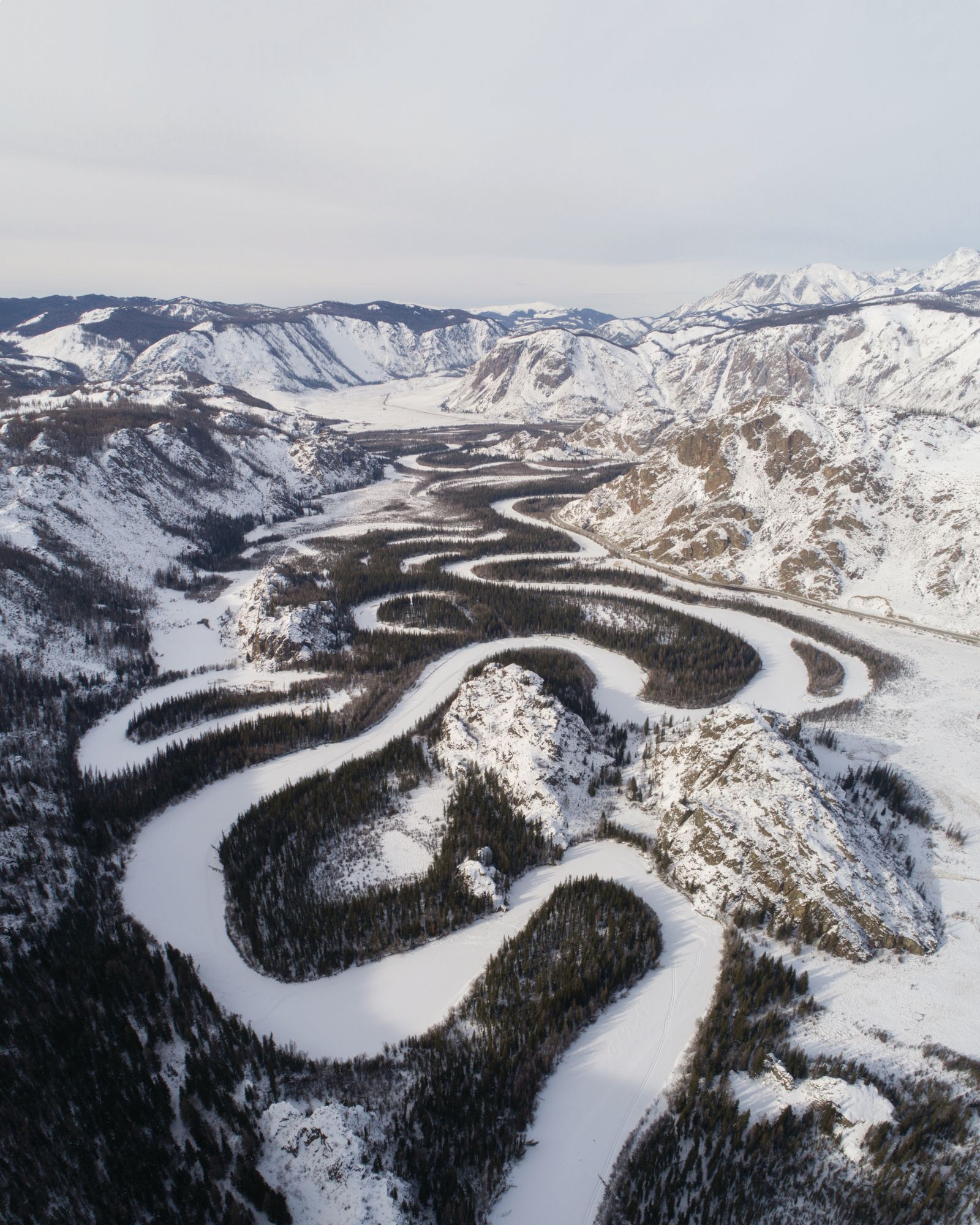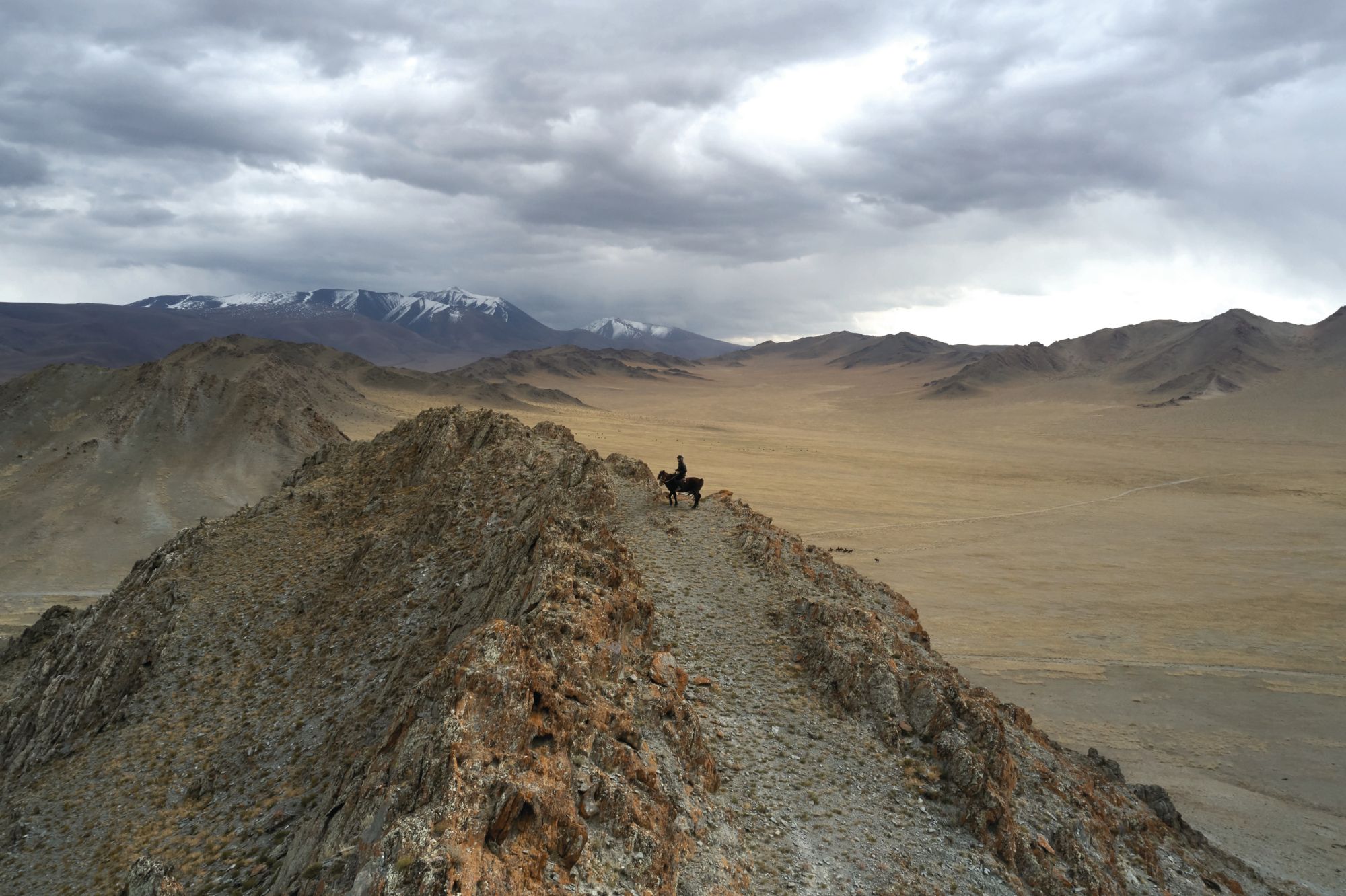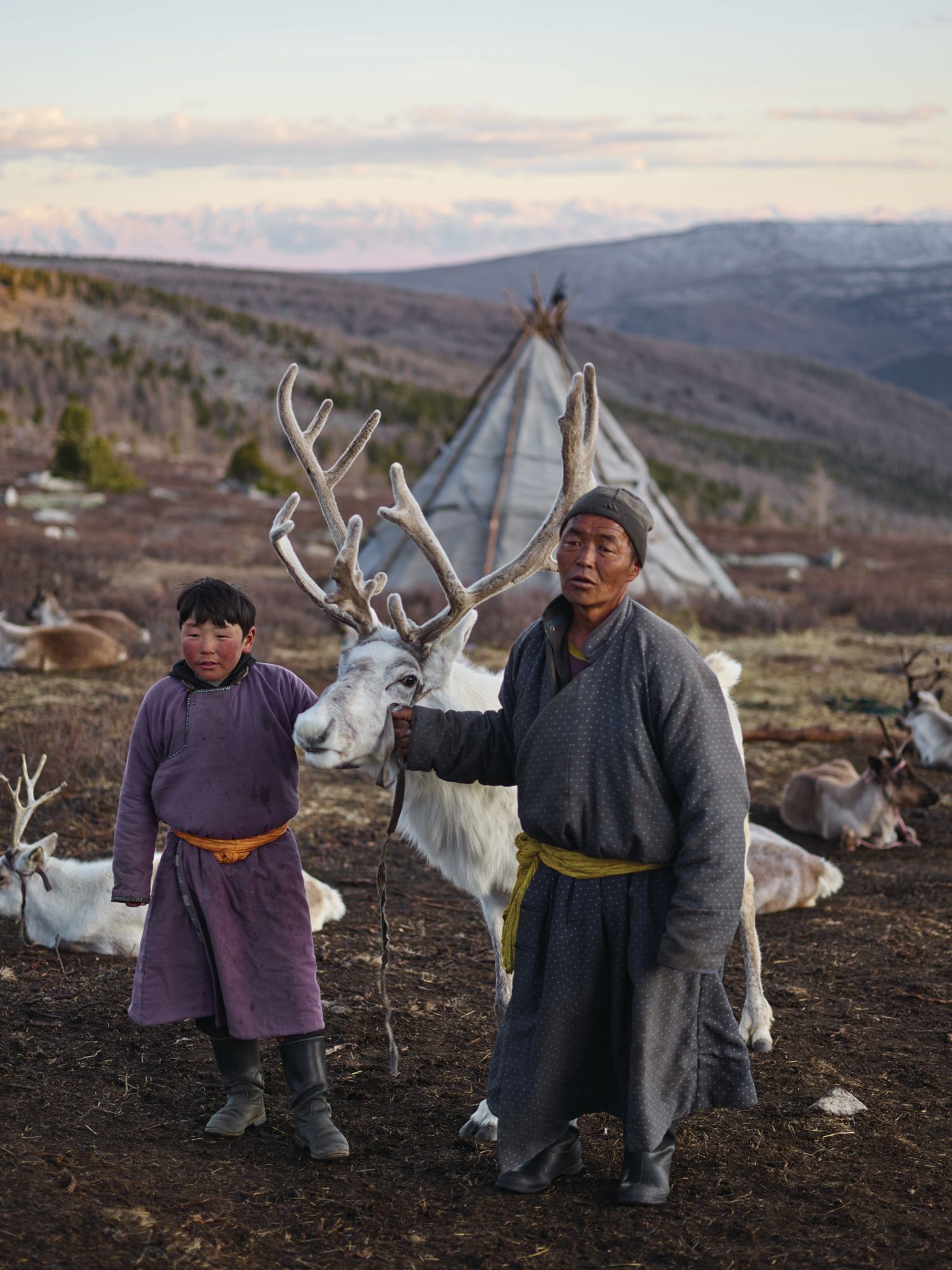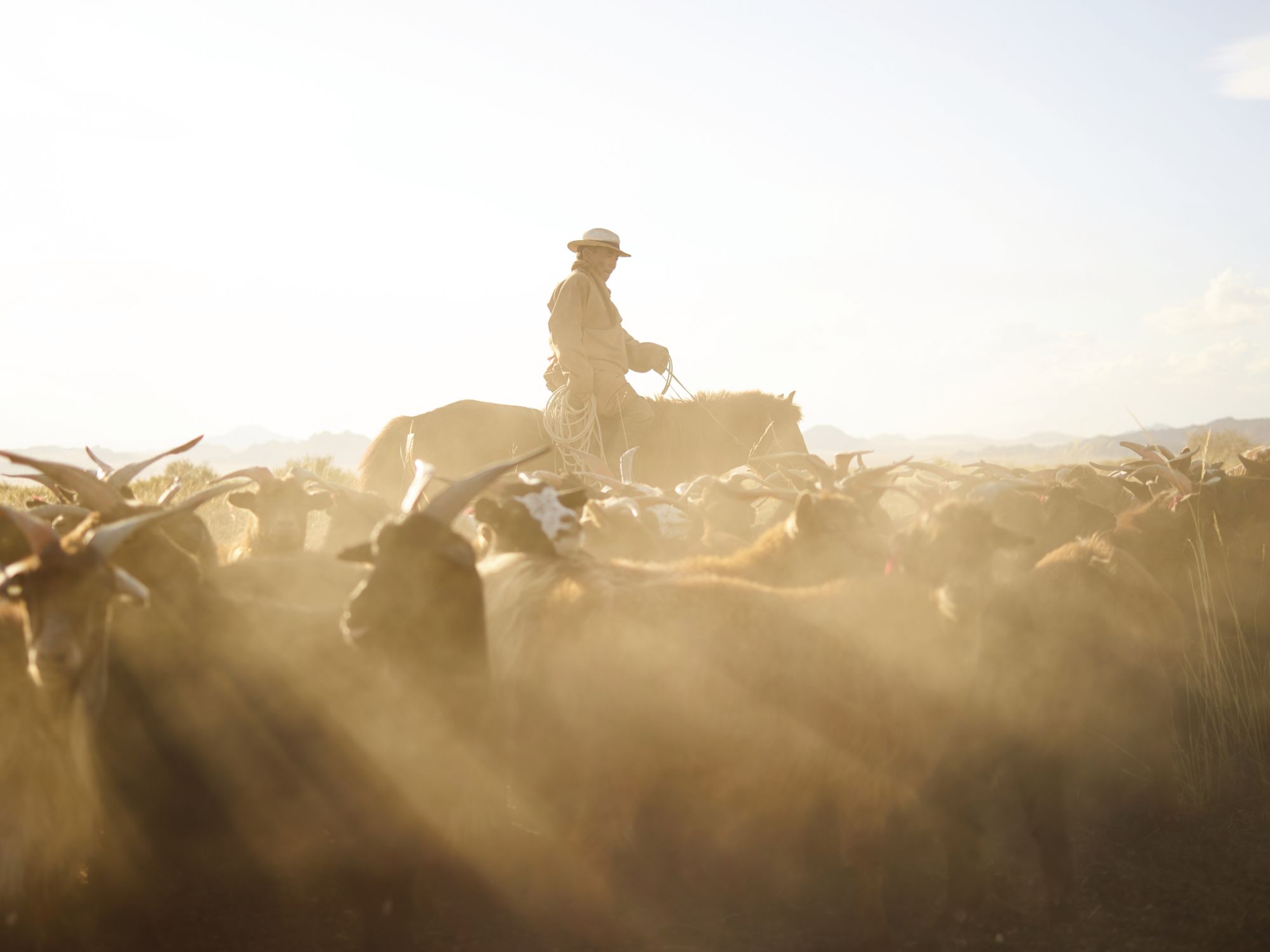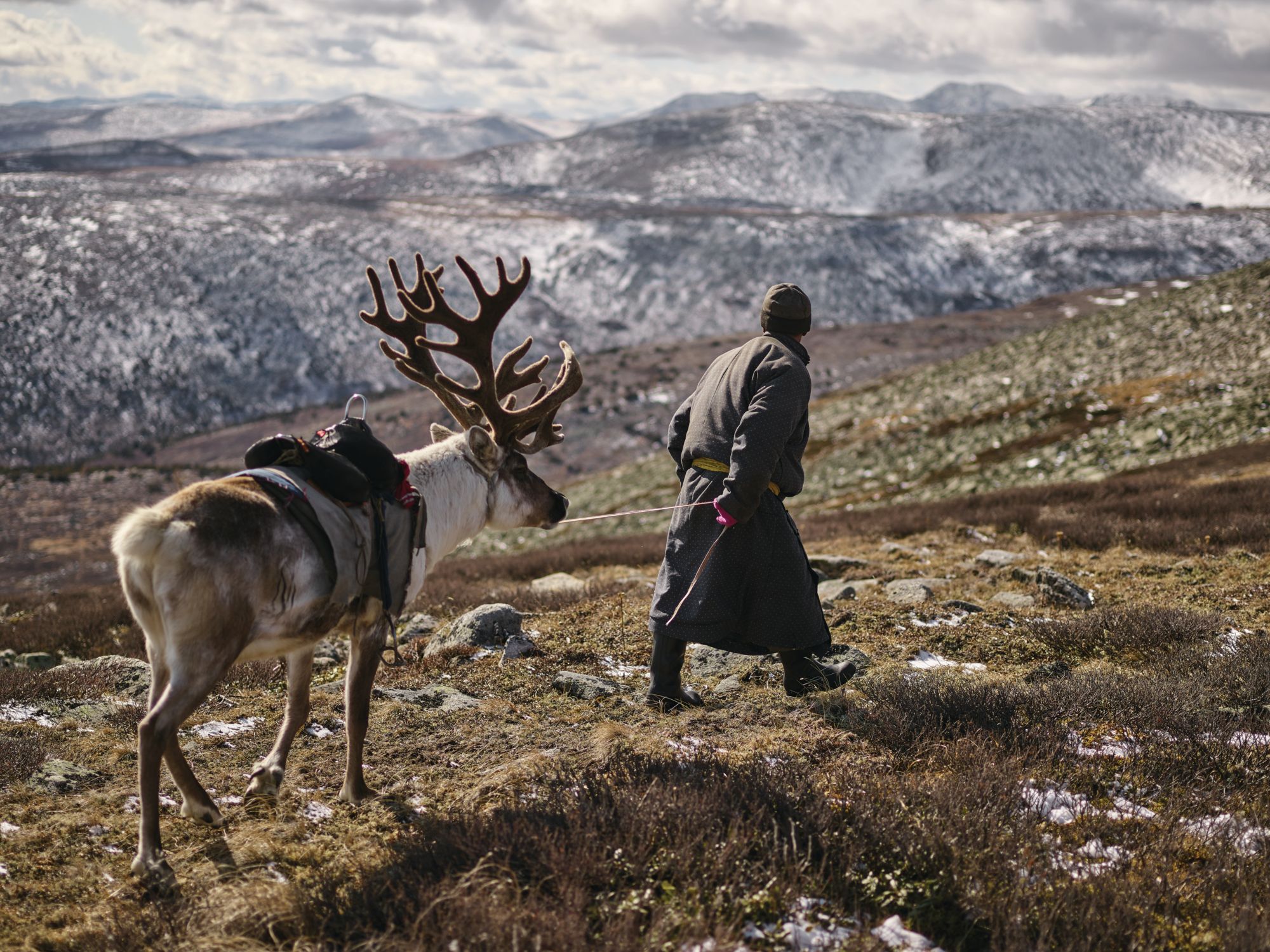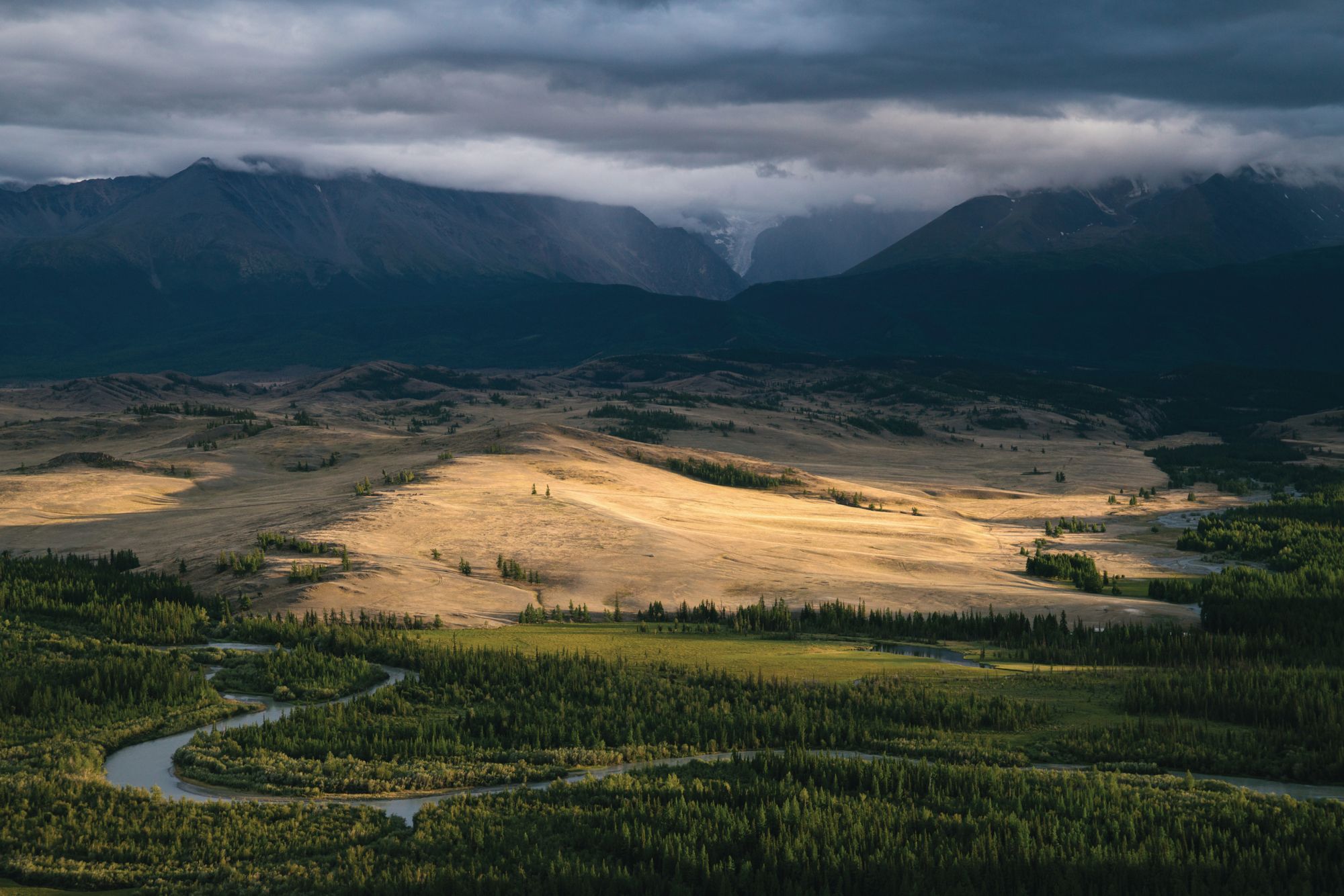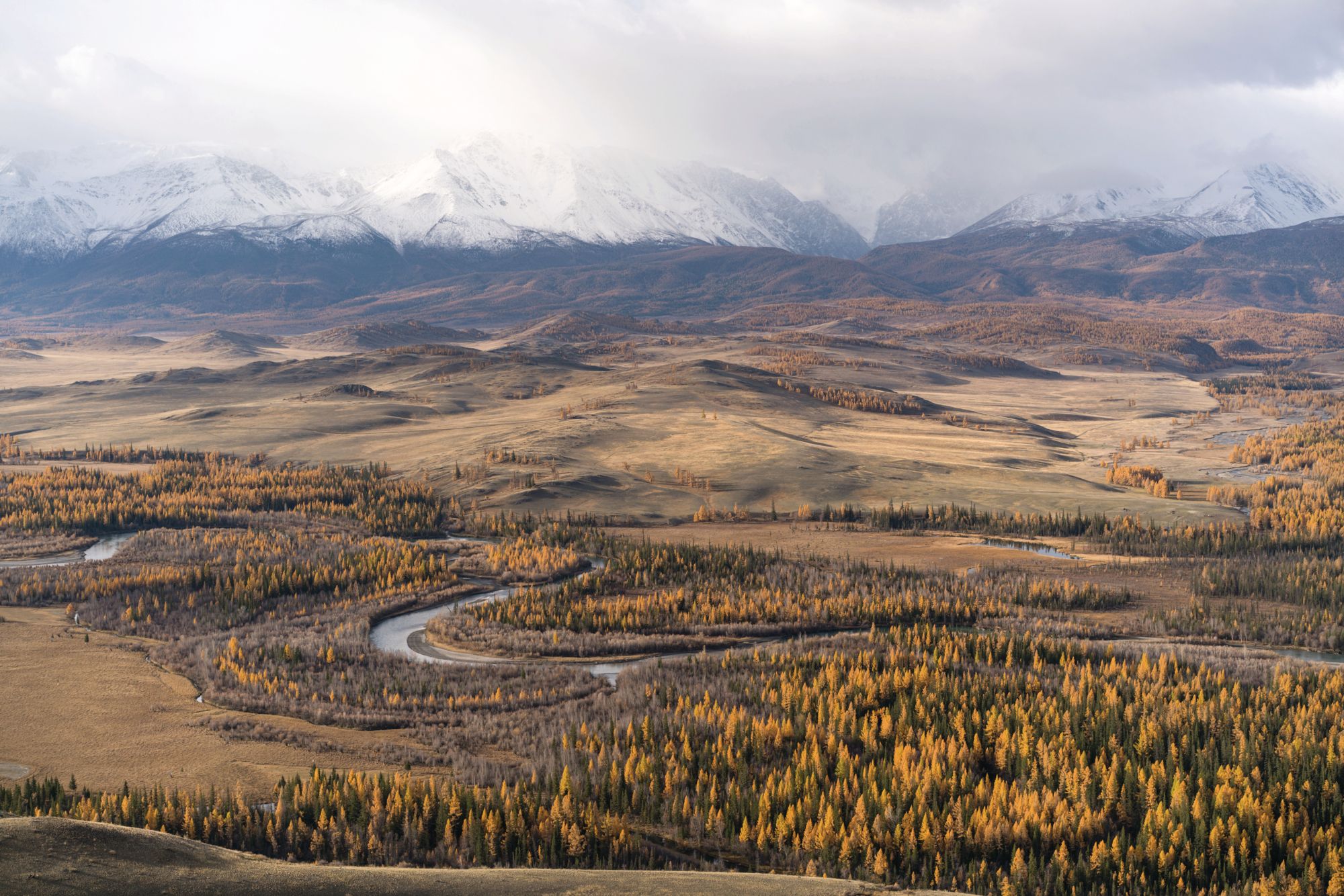
Golden Daze
The rugged landscape of Mongolia is home to a nomadic culture seemingly untouched by modernity, and a population whose unique way of life fascinates photographer Nick Bondarev. Over three years, he undertook multiple expeditions ranging from two to six weeks to capture the essence of this land and its people for his project Out of Time; he shares select photographs in this feature.
The golden landscape of the Kurai steppe looks especially arresting against the snow-capped peaks of the Altai Mountains, whose name means “mountains with gold” in Mongolian. Extending 2,000km from the Gobi Desert to the West Siberian Plain, this range passes through Mongolia, Russia, China and Kazakhstan, serving as a source of inspiration for these communities.
See also: Urban Escapes: Where To Find The Cleanest Air In Asia
